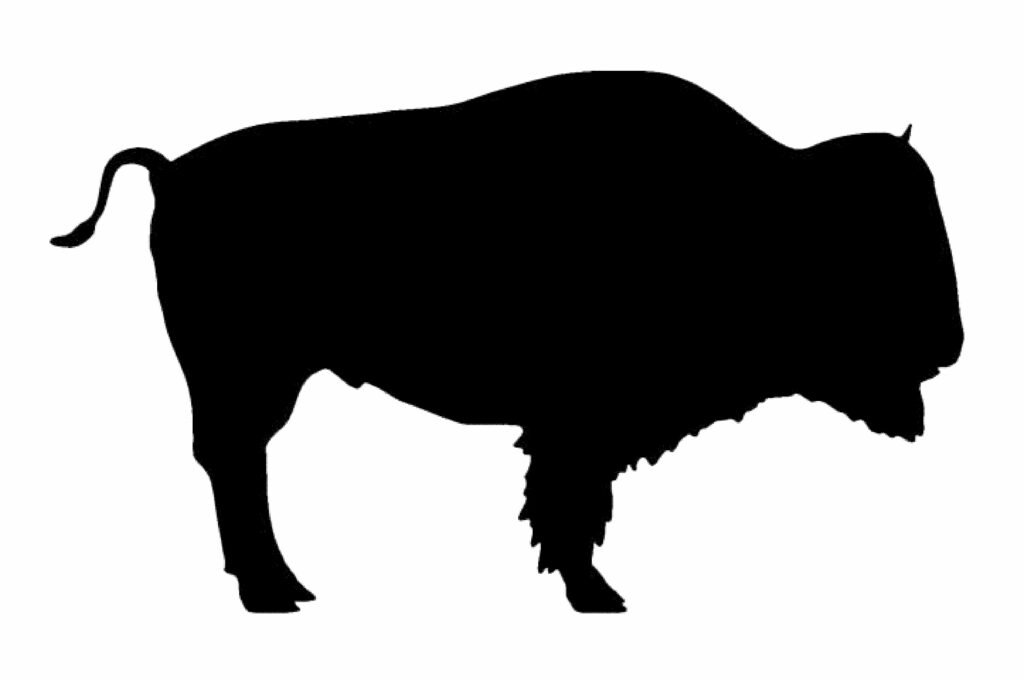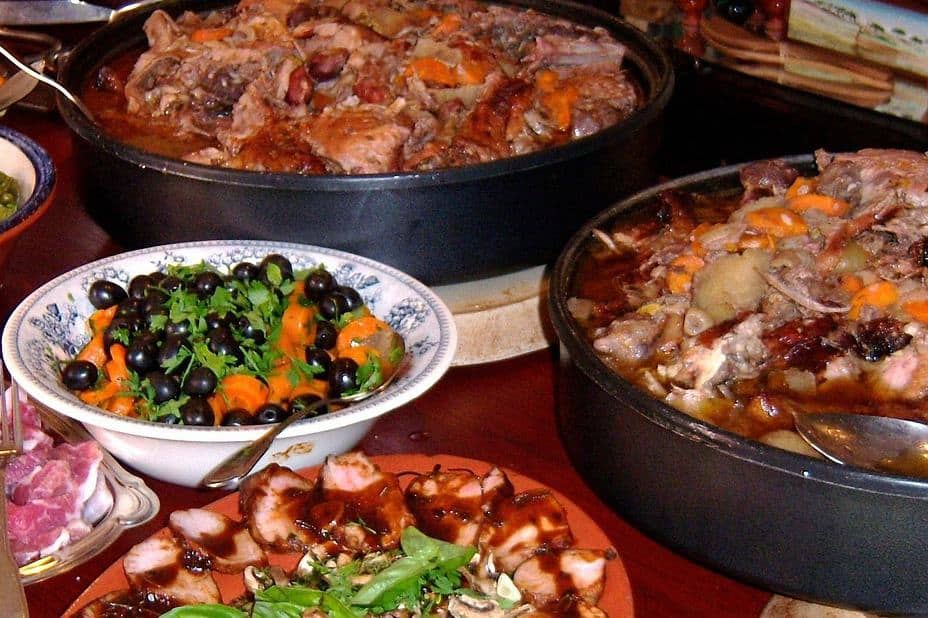
The Canadian Nutrient File offers the following comparison of fat per 100 grams of lean cooked meat: bison: 2.42 grams; choice beef: 10.15 grams; pork: 9.66 grams.
Beef has been developed to have fat marbled through the muscle meat, but on wild animals, the fat is around and between the various muscles, causing the meat itself to be very lean and healthy.
But beef, with it’s marbled fat, doesn’t dry-out and toughen as easily as lean wild meats. If wild meat is oven-cooked using the same technique as a roast of beef, it will turn dry and chewy. Bison chefs need to learn some simple, new routines.
A good start is to cook bison slowly at lower temperatures (no higher than medium), using a marinade.
Steaks three-quarters to one inch thick can be barbequed, broiled, or fried after marinating. Cook only four to five minutes per side, using medium heat.
Roasts such as sirloin or rounds should be seared in the oven or a hot pan, then roasted at 325°F in a covered pan with one-quarter to a half cup of red wine, or even water. It will be medium-rare when its internal temperature is 145°F.
Roasts such as rib, loin or tenderloin should be seasoned, then roasted uncovered in a pan with a rack at 275°F to an internal temperature of 130°F (rare) or 145°F (medium rare).
Remove it from the heat and cover it with foil for 10-20 minutes before carving.
Ground bison has many uses including chili, spaghetti sauce, meat loaf, burger soup, and hamburgers. Bison burgers do not shrink much during cooking and they also take less time to cook.
Add an egg to the meat, along with a small amount of milk, and spiced or plain breadcrumbs. Mix well, and if frying, use a little olive oil in the pan. Too much heat will cause the patties to stick to the pan break when flipping, so keep it at medium.
It has been said that with bison, even the gravy can be tough, but marinades can minimize this. Marinades that contain a minimal amount of acidic liquid such as vinegar (white or balsamic,) wine, or lemon juice help tenderize meats when used according to suggestions that can be found on the internet.
A very successful and amazingly simple marinade for nearly any meat is Zesty Italian salad dressing. Another is olive oil and chopped garlic.
Half a cup in a sealed Ziploc bag is usually adequate. A bag works better than Tupperware because the oil is very difficult and messy to wash out of the hard container and a Ziploc can just be recycled.
For best results, plan to marinate roasts and steaks for as long as five to six days prior to cooking. Each time the fridge is opened the bag can be briefly picked up, kneaded, turned over, and returned to allow the marinade to permeate the meat.
If the fridge is too cold and the oil congeals, just keep the package on the counter during day to keep the oil as a liquid.








